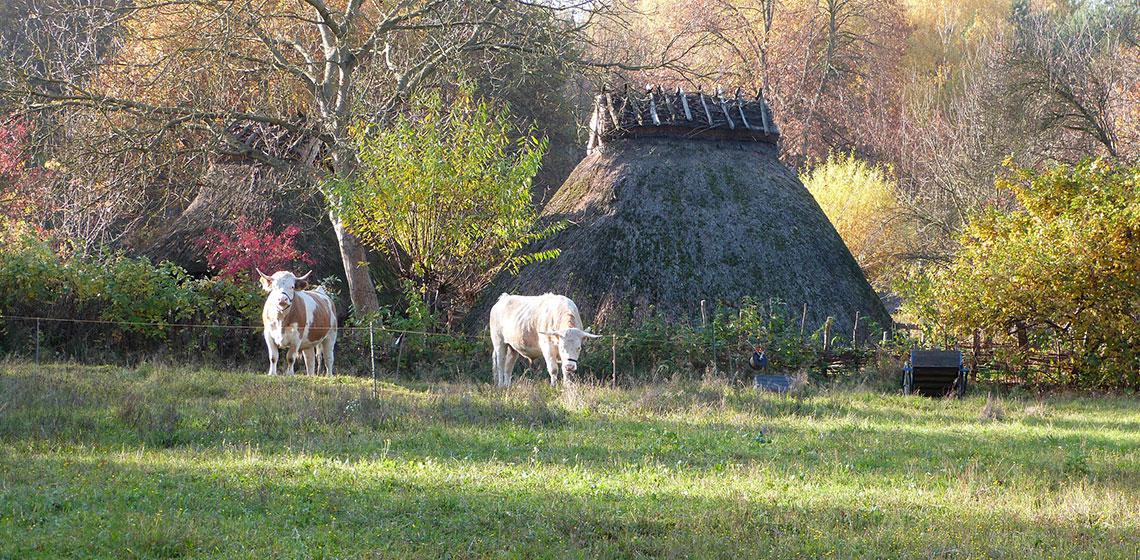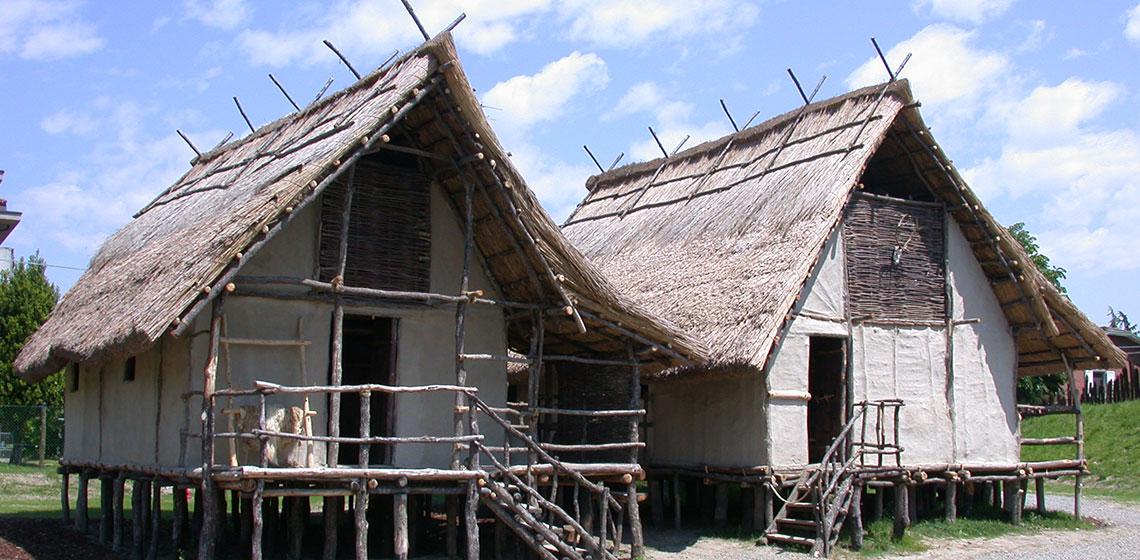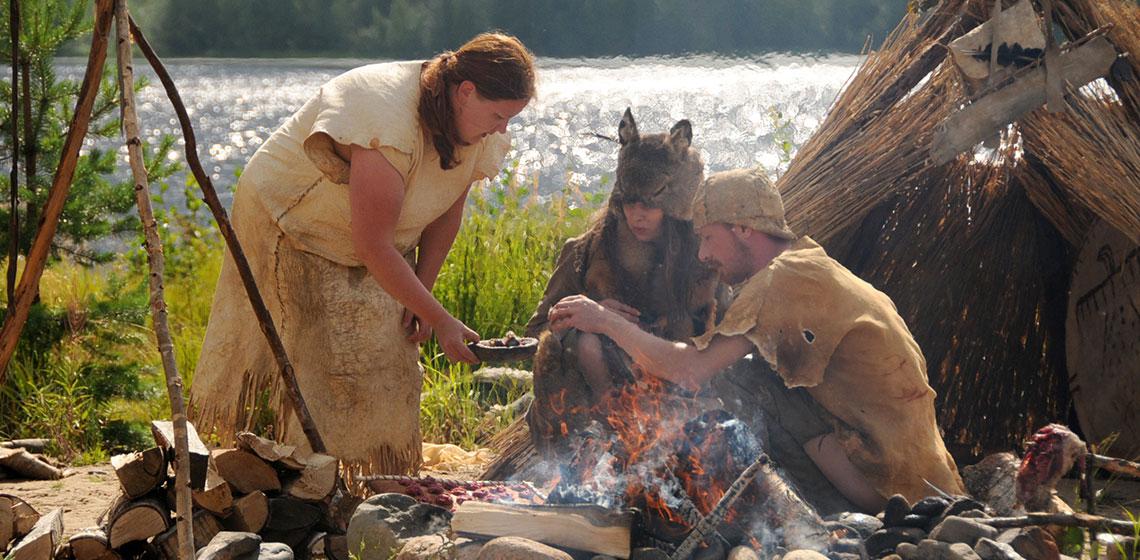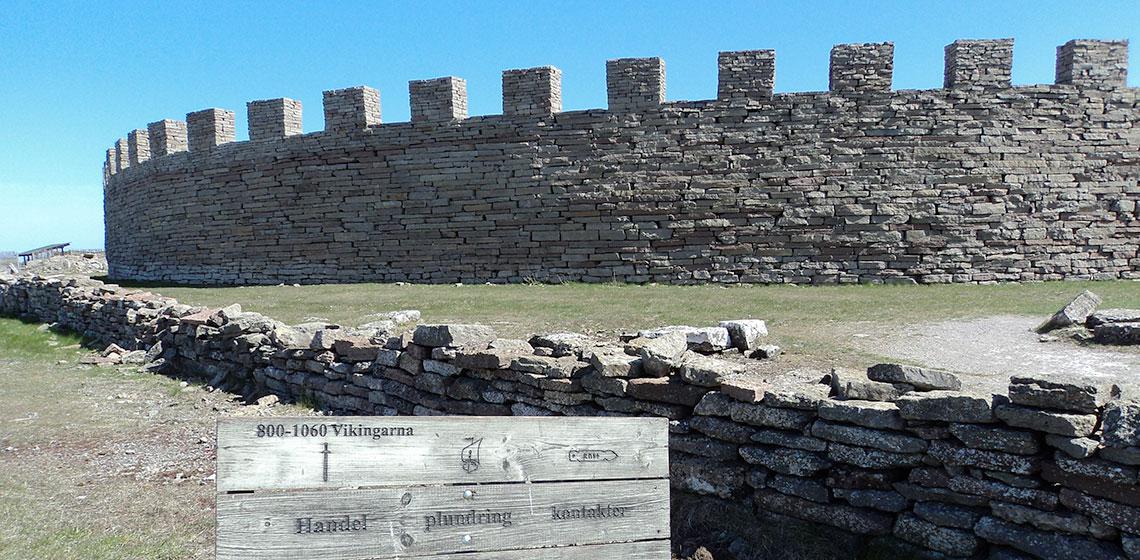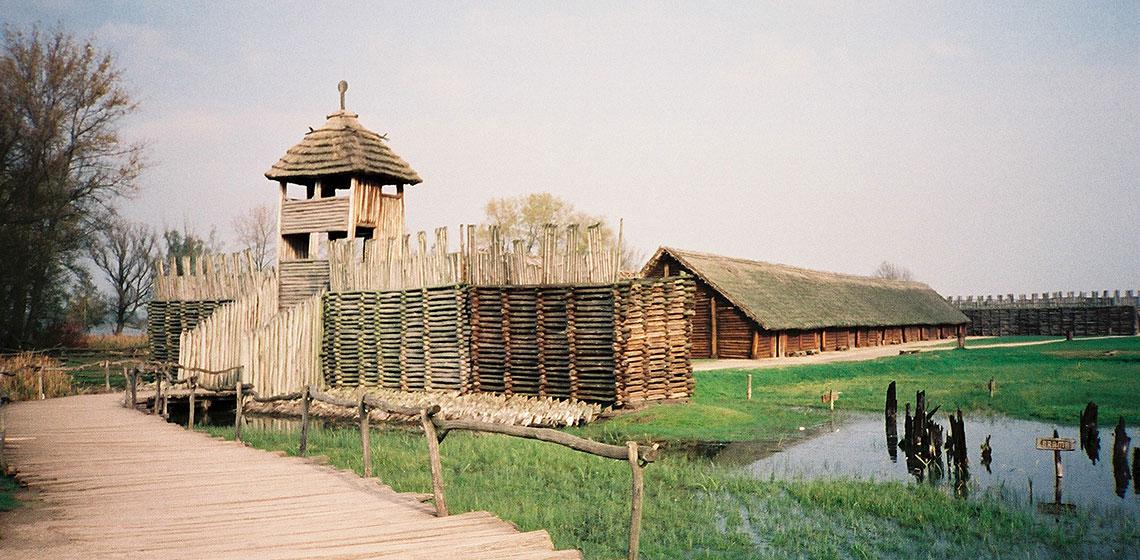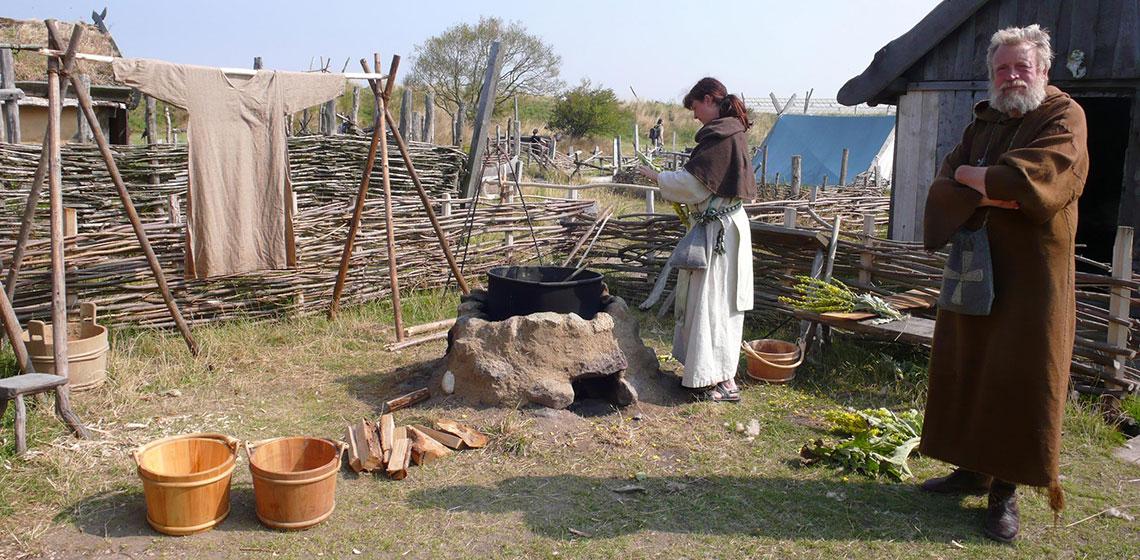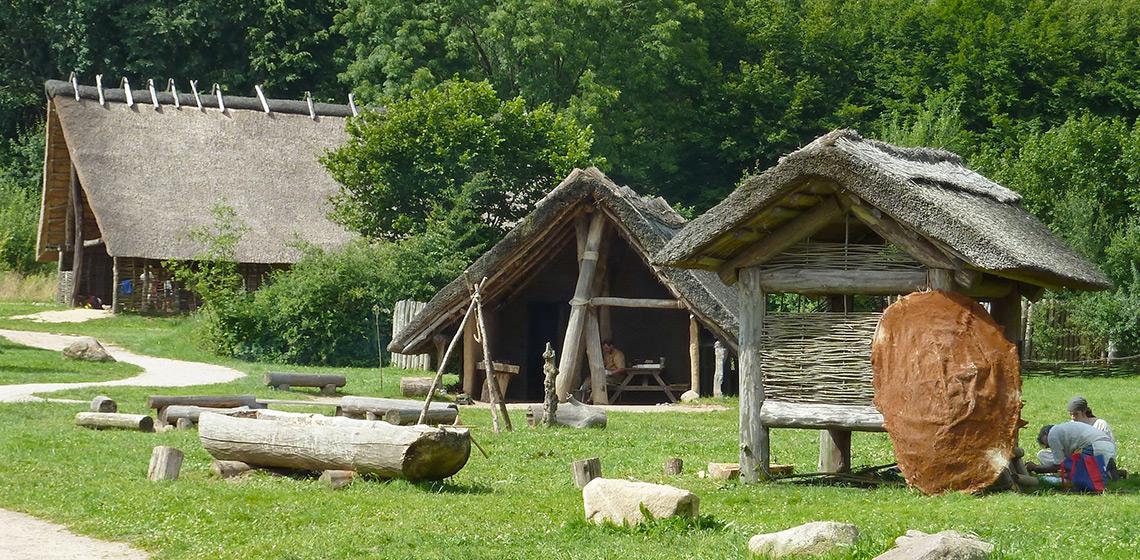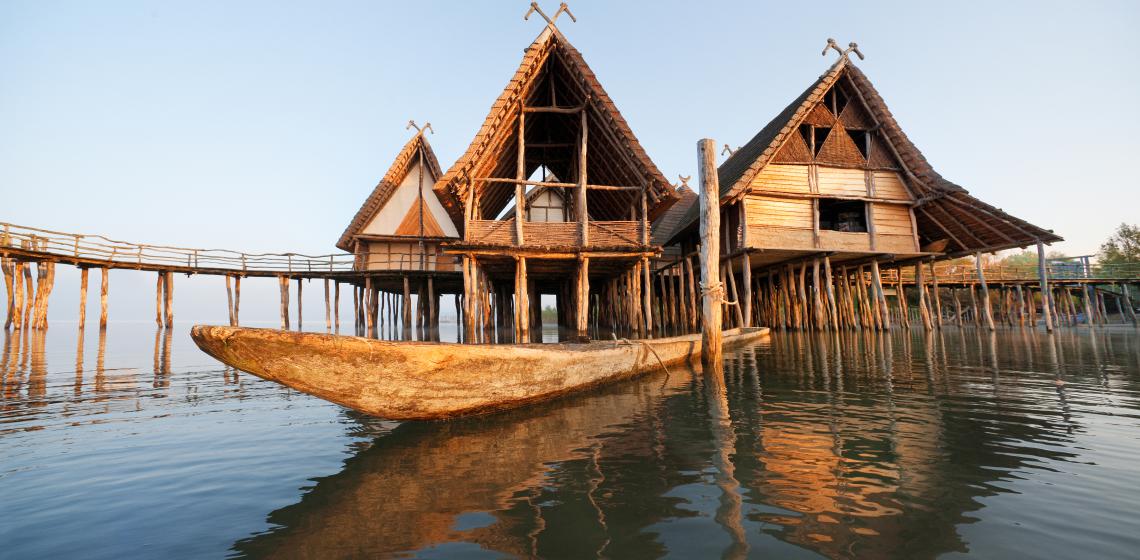Matrica Múzeum és Régészeti Park (HU)
Just 25 kilometres south of Budapest in Hungary you will find near the E73 an archaeological reservation measuring 50 hectares, known by the name Százhalombatta which literally refers to the “hundred tumuli” which you will find here. The reservation and its archaeological park is situated near the Danube and is well reachable with public transport.
Just 25 kilometres south of Budapest in Hungary you will find near the E73 an archaeological reservation measuring 50 hectares, known by the name Százhalombatta which literally refers to the “hundred tumuli” which you will find here...

